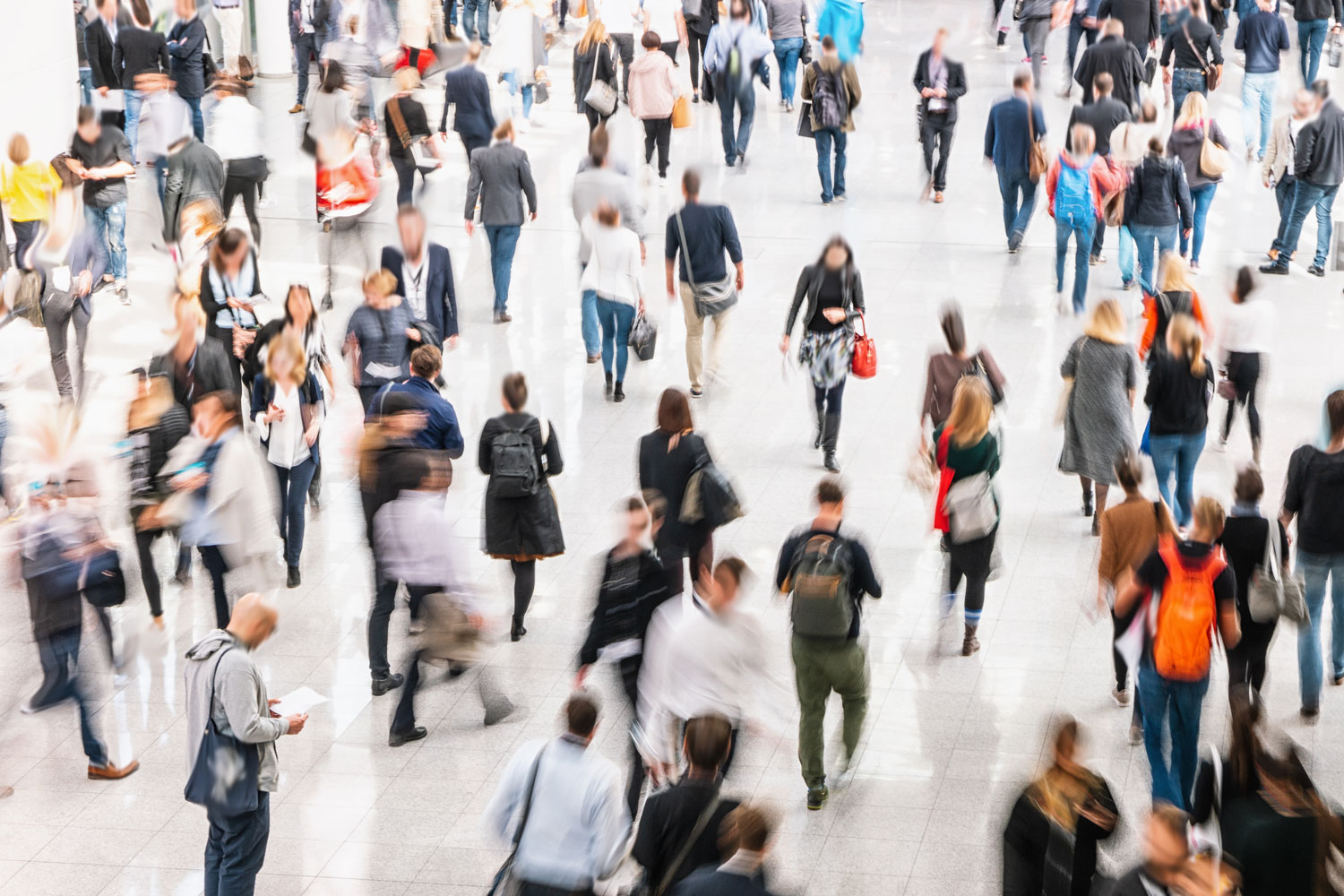An Overview:
From its primary origin in Wuhan, China, COVID-19 has spread globally and predominantly become an urban-focused pandemic. Though data on the pandemic is still unavailable, it is clear that urban areas have been the epicentre. We thus have an opportunity to improve the way we build, organise and use the cities. There is a need to look more closely at the urban spread of Coronavirus to understand its impact on existing areas. The lessons of the past effects of epidemics can also be used to learn lessons and make the necessary improvements.
It is also clear that some communities are being affected by unequally, and the poor and ethnic minorities are more vulnerable. The inequalities caused by ethnicity, religion and income often overlap, so that the proportions of elderly and vulnerable people varying by community and neighbourhood. The combination of social, economic and demographic factors together with the urban environment accounts for many of the observed infections patterns.

Patterns:
The minority groups are often over-represented among the urban poor, as they are more likely to have poor diets, inadequate exercise and less immunity. This exposed the communities to diabetes and other chronic cardiovascular and respiratory conditions, putting them at the highest risk.
Low-income societies also inhibit the lowest quality housing and areas of a city as they live in the highest densities and in the most cramped accommodation. These dense areas have the highest air pollution levels, and poor quality or inaccessible utilities and services, having the smallest areas of open public spaces. In the case of green spaces likes parks that are vital for human health are missing as for these communities, such spaces are luxury.
Risks of Overcrowding:
COVID-19 is passed through contaminated moisture droplets from sneezing, coughing or heavy breathing. Meaning, people living in the same household as someone with the virus have a higher chance of contracting.
Globally, larger families living in the same household, including members of different generations of grandparents are more common are among the urban poor and certain minorities. Self-isolation and social distancing are almost impossible in such cases.
Cities in low and middle-income outcomes countries will face higher risks due to high-density areas. Thus, you can say, cities are at the centre of this pandemic as they have always been during so many epidemics and plagues in history. Cities also thrive on the opportunities for work and play, and on the endless variety of available goods and services. The fear of pandemic has become the new normal, and cities perhaps could be for antiseptic future or even a dystopian future.
Cities will Survive Coronavirus:
Megacities will survive the Coronavirus even when cities are the epicentres of infectious disease. Similar to COVID-19, the Spanish flu of 1918 killed 50 million people worldwide and history shows that the people often moved to cities after pandemics for better job opportunities. This happened due to the higher wages the cities offered after the sudden drop in population.
Some of our metropolitan cities will be thus reshaped, depending on the duration of the pandemic. Thus, the crisis may provide a short window for our hyper gentrified and unaffordable cities to reset and reorganize their creative scenes.
The COVID-19 pandemic is transforming city life for better and it is really overwhelming how the hospitals are demolishing commerce, restricting access to public areas, straining digital infrastructure, adapting to new infrastructure needs, and forcing people to stay indoors. It is true that in the absence of vaccines, many of these changes, adaptations could become permanent.

The pandemic has also accelerating deeper, longer-term trends affecting cities, like digitalization of retail, moving towards a cashless economy, shift to remote work and virtual delivery of services, which is what every nation and cities have looked forward to. This pandemic is seen is expose the quality of governance and scale of inequalities in our global cities. It is also providing opportunities to urban planners and architects to build back better.
We have a unique opportunity to work towards better tomorrow, more sustainable cities in the wake of Coronavirus. We thus can build a robust resilience against diverse disasters and climate change with a long-term crisis we already know is looming.



